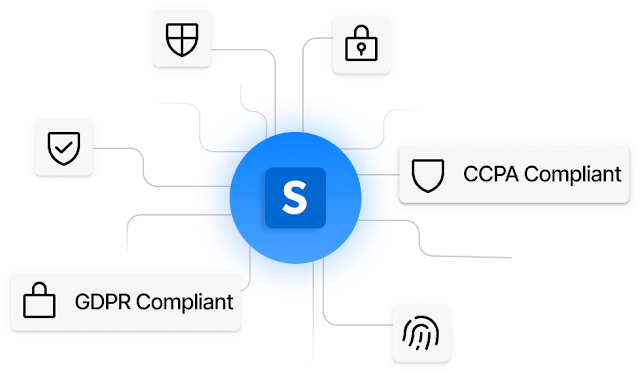Exploring the Benefits and Ethics of Scraping LinkedIn Data
In today’s digital age, data plays a critical role in business decisions, and scraping LinkedIn data has become a powerful tool for marketers, recruiters, and sales teams. With over 700 million professionals on LinkedIn, extracting valuable information such as job titles, skills, and contact details can offer an unprecedented advantage. LinkedIn scraping enables businesses to access data that otherwise might take hours to compile manually.
What is LinkedIn Scraping?
LinkedIn scraping refers to the process of extracting publicly available information from LinkedIn profiles using automated tools. Scraping LinkedIn data involves collecting a wide array of details, such as names, professional titles, work history, locations, and skills. This information can be invaluable for lead generation, market research, recruitment, and sales prospecting. It enables businesses to identify potential clients, candidates, or partners efficiently and at scale.
.png)
The Benefits of Scraping LinkedIn Data
One of the most compelling reasons to engage in scraping LinkedIn data is its ability to streamline lead generation. Rather than manually searching through profiles and collecting data, scraping tools automate this process, saving time and improving productivity. Sales teams can easily target high-potential leads based on specific parameters such as industry, job title, or geographic location. This allows for a more efficient and data-driven approach to business development.
Challenges and Risks of LinkedIn Scraping
While LinkedIn scraping can offer significant benefits, there are inherent challenges and risks. The most notable concern is LinkedIn's terms of service, which prohibits scraping without explicit consent. This means businesses must be cautious when using scraping tools to avoid violations that could result in account suspension or legal repercussions. It is essential to stay informed about the legal and ethical guidelines surrounding the scraping of LinkedIn data.

How LinkedIn Scraping Can Drive Sales
When done properly, scraping LinkedIn data can be a powerful tool for driving sales. By gathering detailed information about potential clients, businesses can personalize outreach and tailor their marketing efforts. Scraped data allows for more targeted cold calling, email marketing, and LinkedIn outreach. This precision ensures that sales teams are focusing their efforts on prospects who are most likely to convert, making their outreach more effective and efficient.
Best Practices for Ethical LinkedIn Scraping
To ensure ethical LinkedIn scraping, it’s important to use tools that comply with LinkedIn's policies. Responsible scraping involves respecting user privacy and avoiding the extraction of sensitive personal data. Additionally, businesses should focus on gathering only publicly available information to avoid any legal complications. By adopting best practices and using scraping tools responsibly, businesses can maximize the value of LinkedIn data while minimizing the risk of facing penalties.
Conclusion
In conclusion, scraping LinkedIn data can be a game-changer for businesses looking to improve their lead generation, sales, and recruitment processes. However, it is important to approach this practice with caution and respect for legal and ethical boundaries. For those looking for a reliable tool to start LinkedIn scraping, scrapin.io provides a robust solution that helps businesses gather valuable data without violating any rules.


Comments
Post a Comment